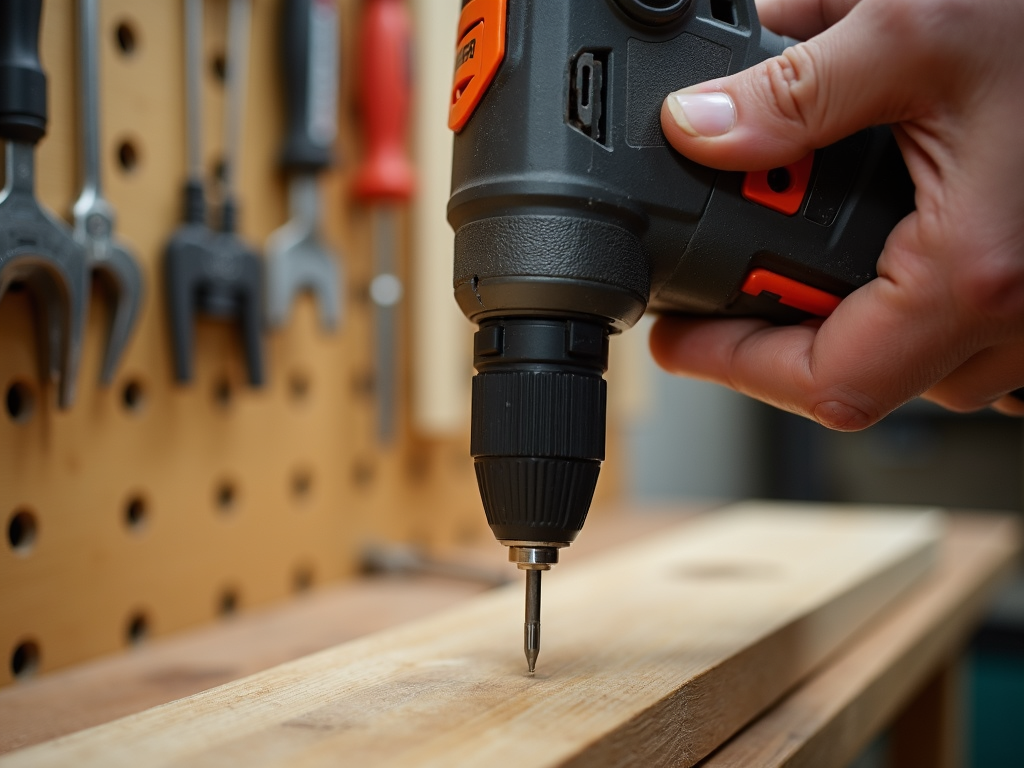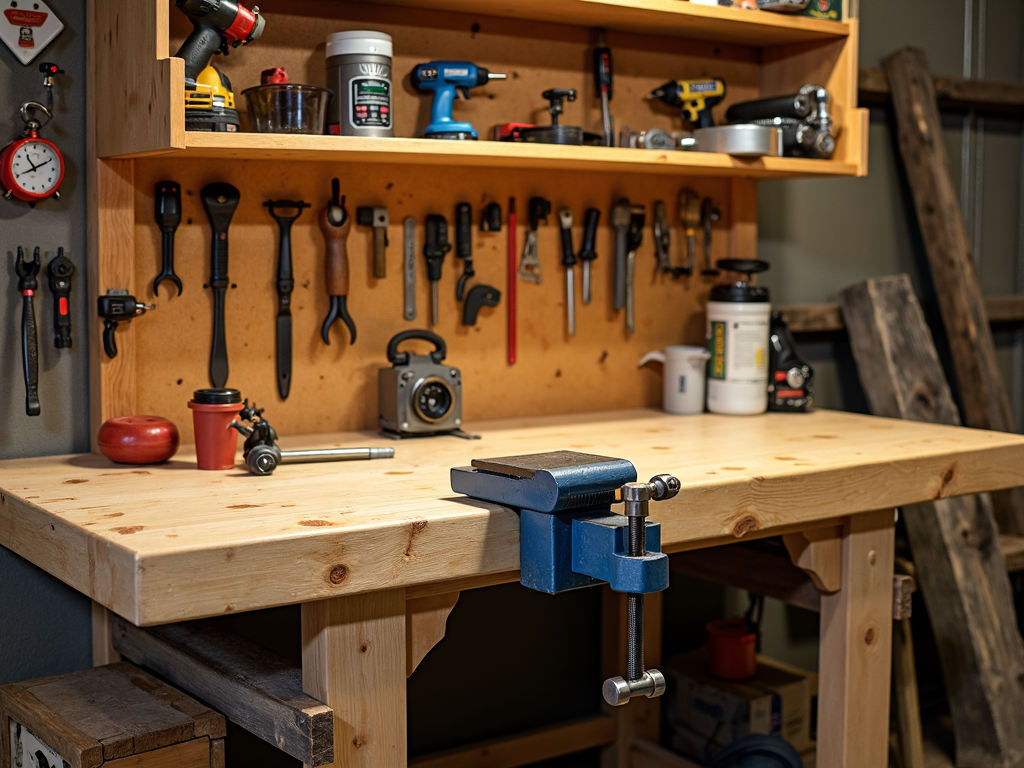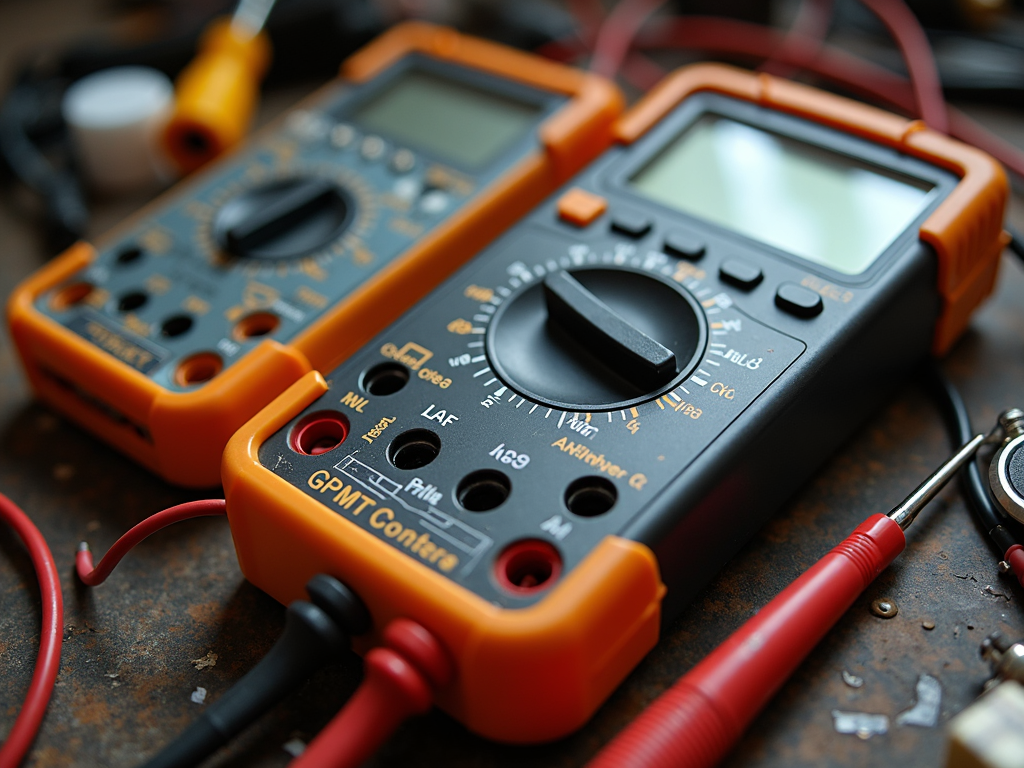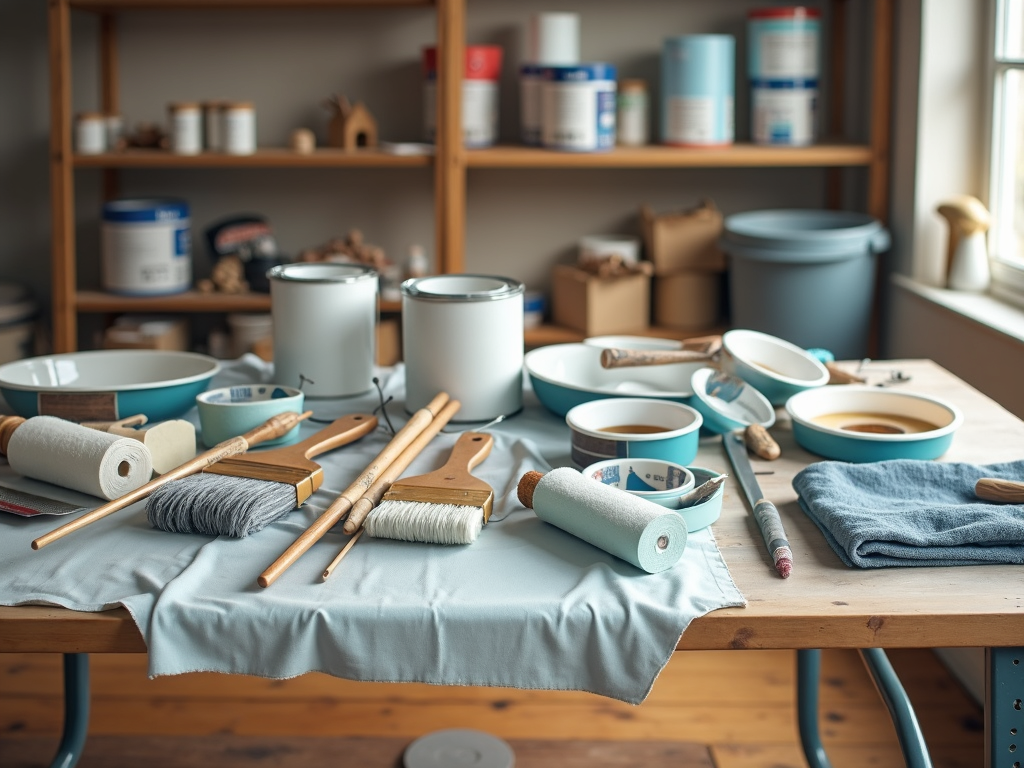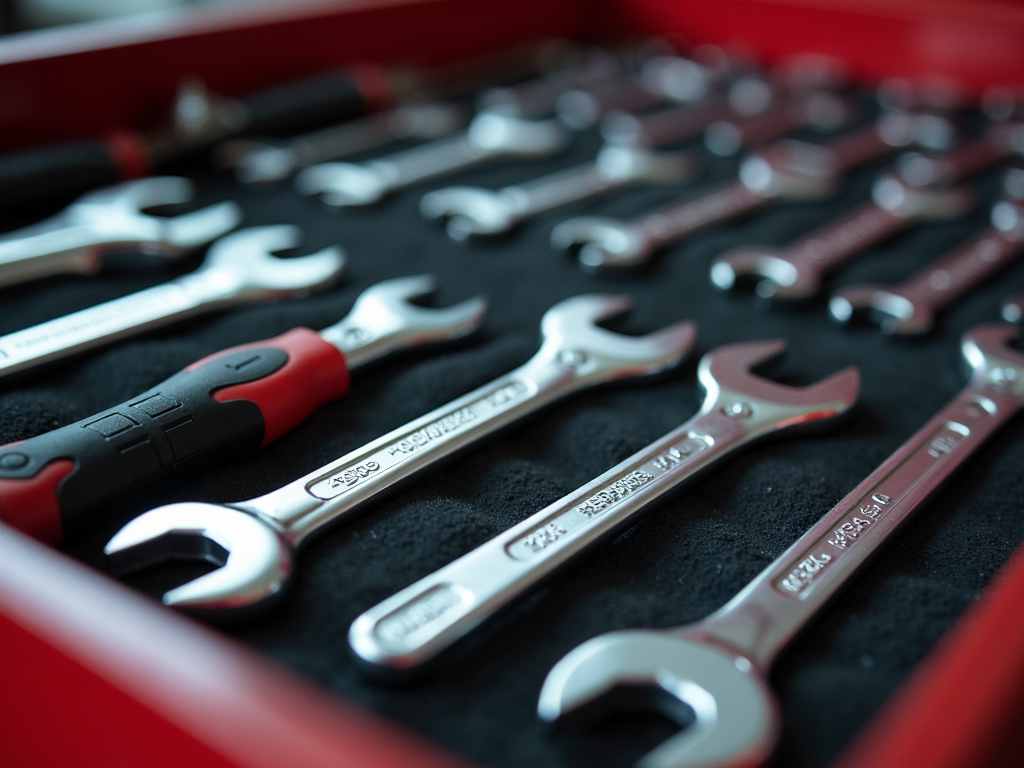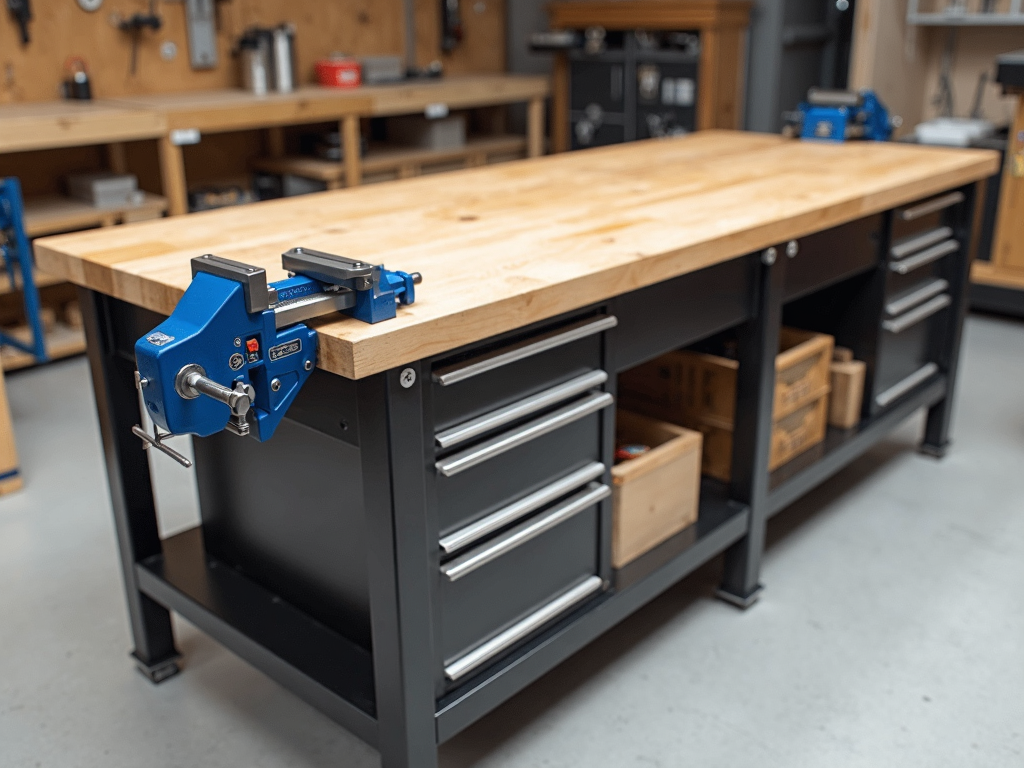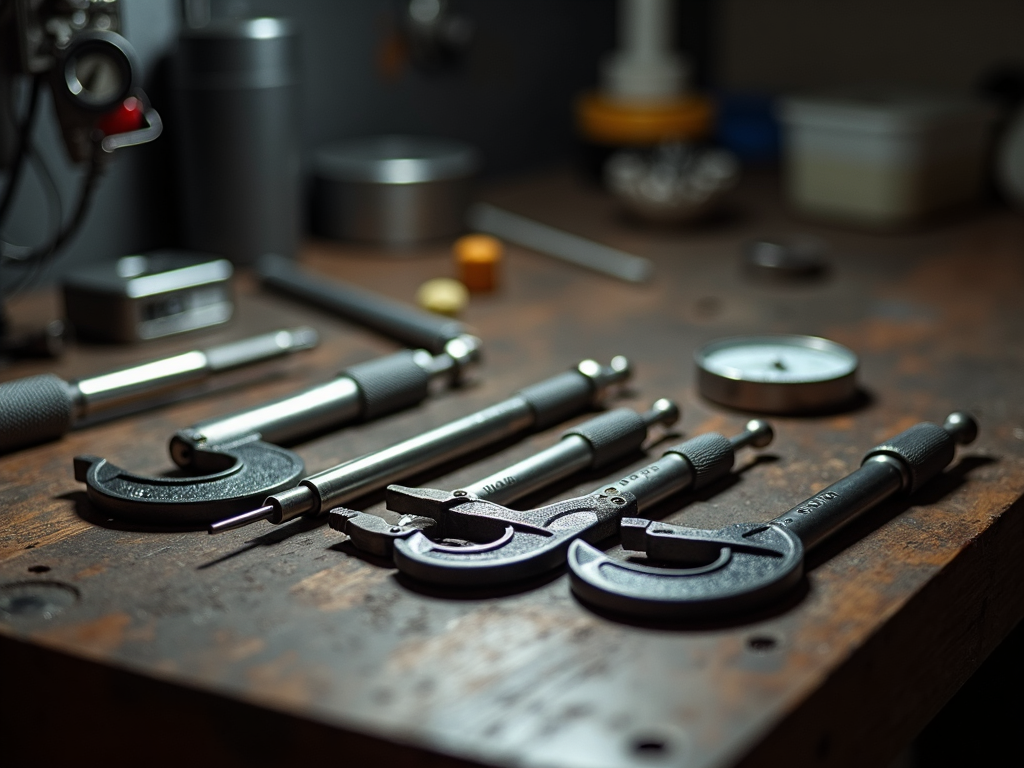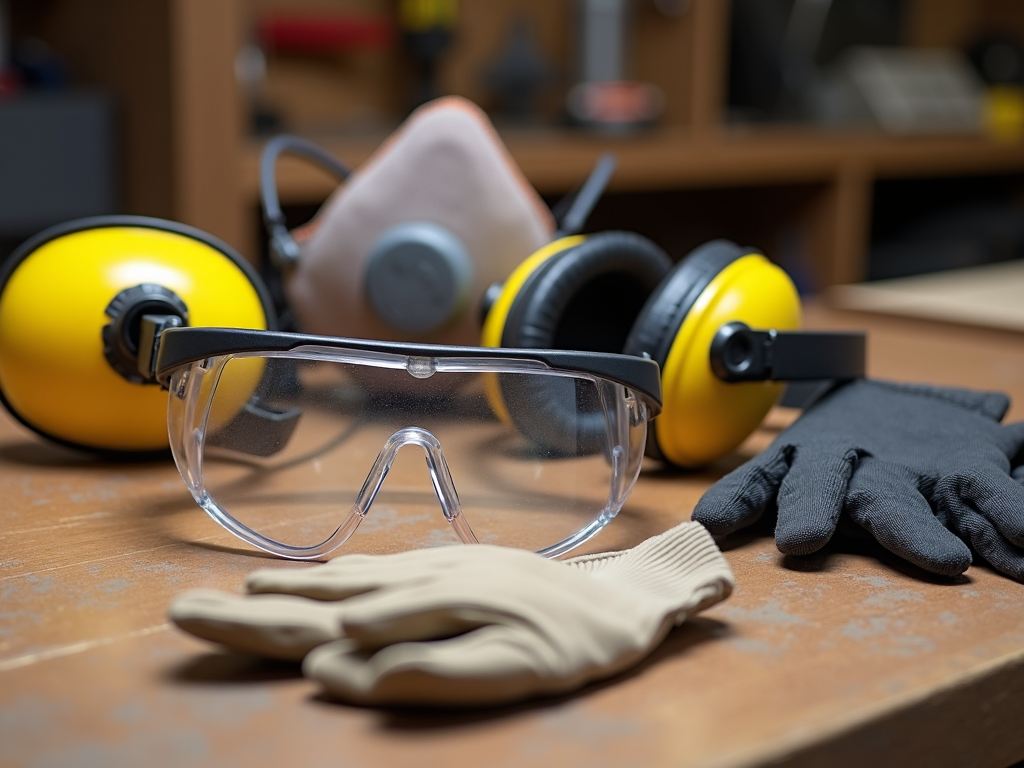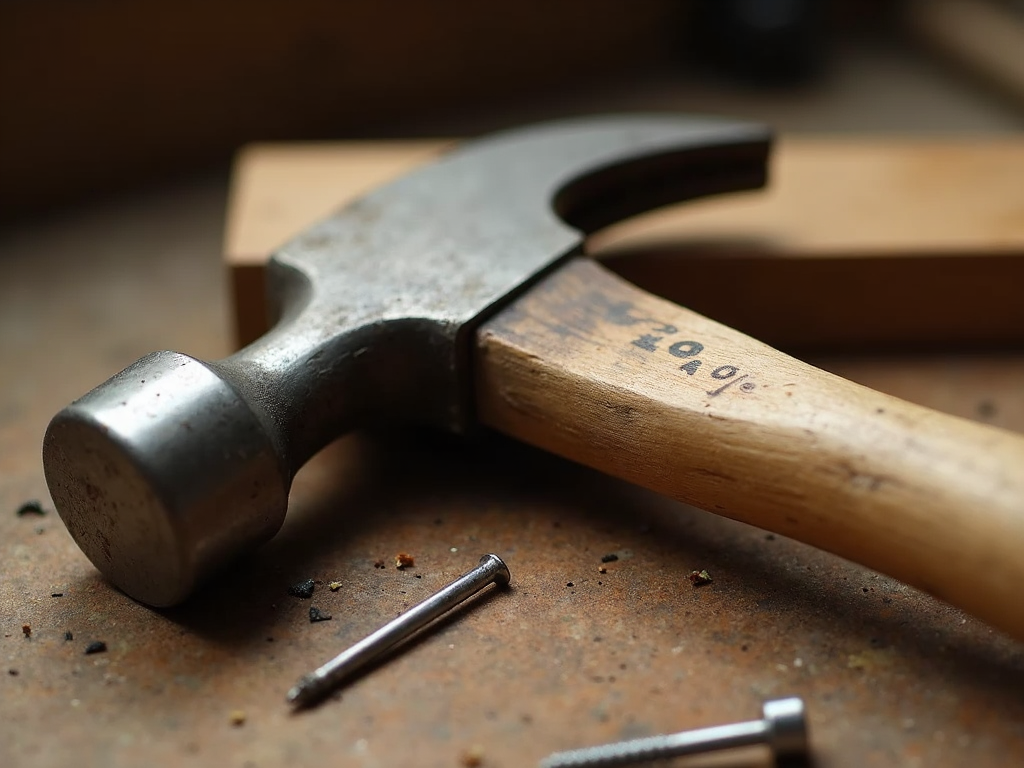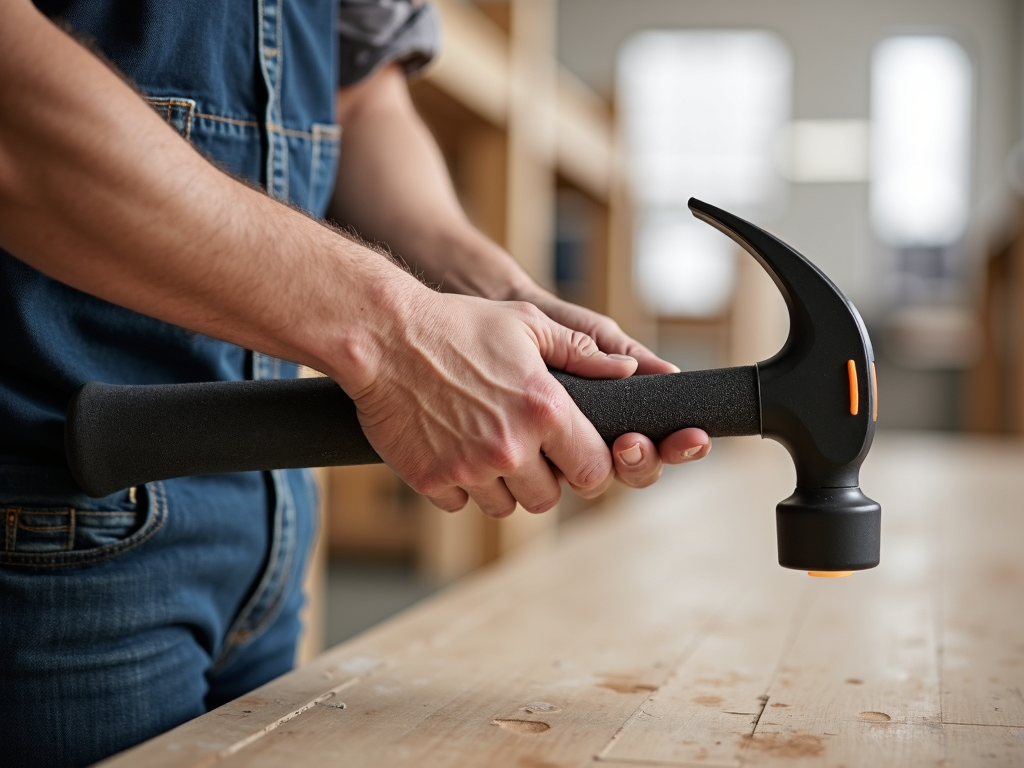Plumbing has been an essential part of human civilization for thousands of years. From the ancient aqueducts of Rome to the sophisticated plumbing systems in modern homes, the tools and techniques used in plumbing have evolved significantly. This article delves into the history and development of plumbing tools and techniques, highlighting key innovations and their impact on the industry.

Early Plumbing Tools and Techniques
In ancient times, plumbing was rudimentary, relying on basic tools and materials. The earliest plumbing systems used clay pipes and simple hand tools to shape and connect them. Workman tools for plumbing in these early days included chisels, hammers, and primitive saws. These tools were essential for cutting and shaping materials like wood and stone, which were used in early plumbing infrastructure.
One of the most significant advancements in early plumbing was the development of lead pipes by the Romans. Lead was malleable and easy to work with, allowing for more complex plumbing systems. However, the health risks associated with lead were not understood at the time, leading to long-term consequences.
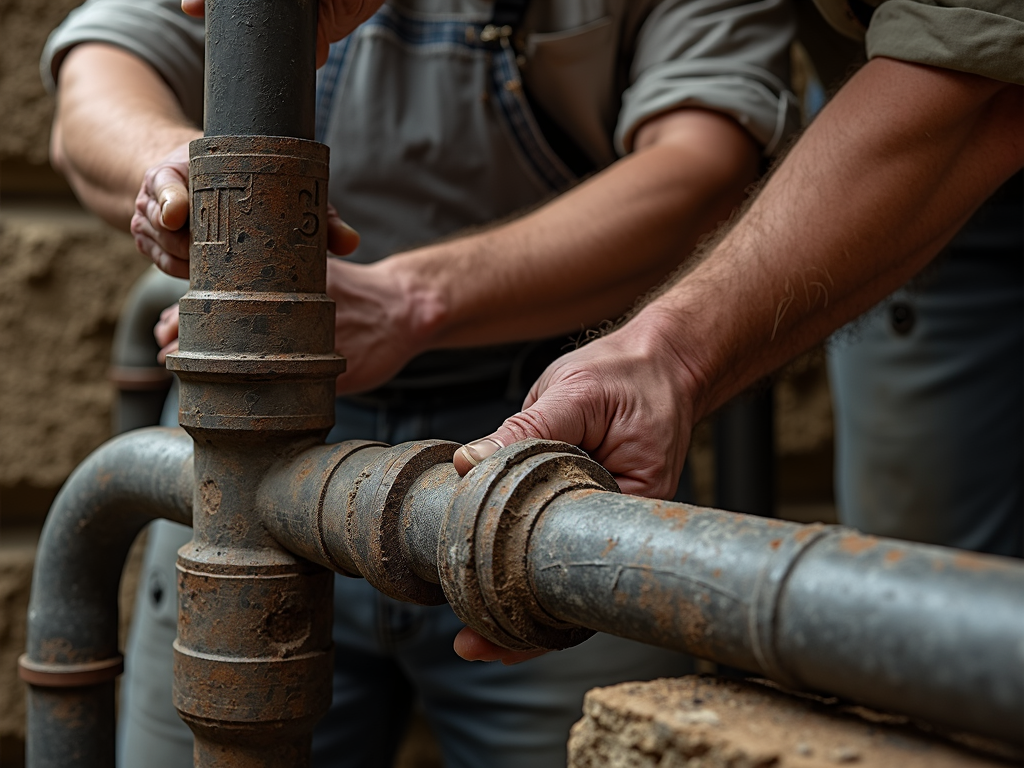
The Middle Ages to the Industrial Revolution
During the Middle Ages, plumbing technology stagnated in many parts of the world. However, some regions, like the Islamic world, continued to innovate. The use of woodworking tools became more prevalent as wooden pipes and barrels were used for water transport. Workman tools such as augers and planes were essential for shaping these wooden components.
The Industrial Revolution brought about significant changes in plumbing tools and techniques. The invention of cast iron pipes and the development of more advanced metalworking tools allowed for stronger and more durable plumbing systems. This period also saw the introduction of the first plumbing codes and standards, which helped to improve public health and safety.
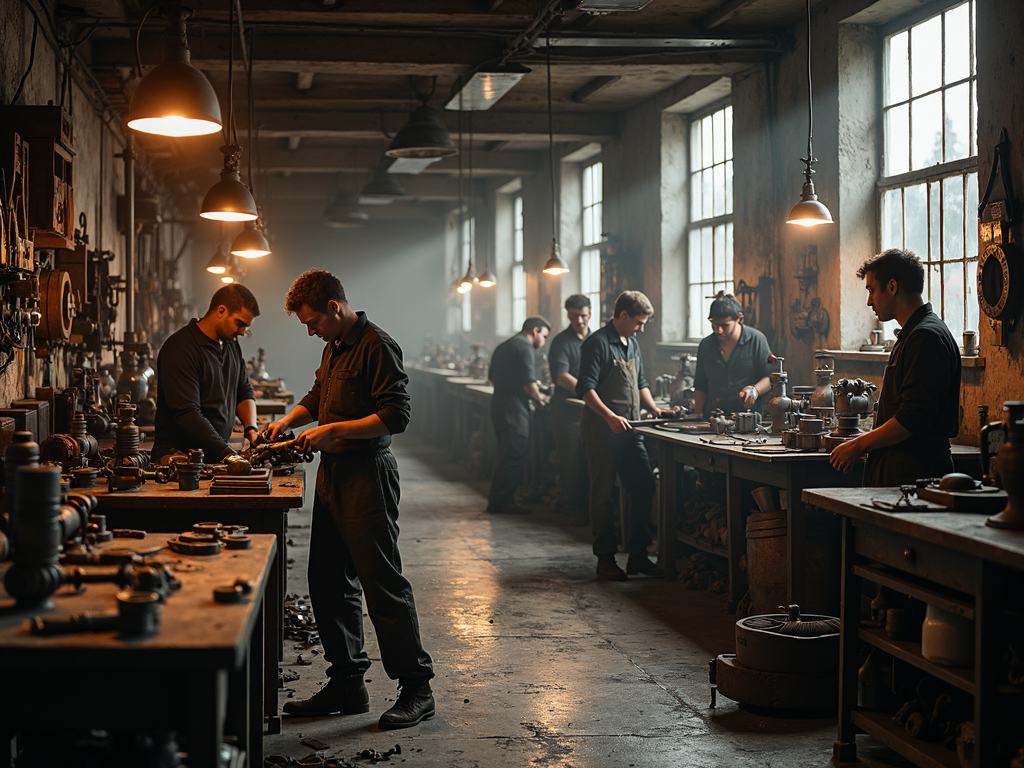
Modern Plumbing Innovations
In the 20th and 21st centuries, plumbing tools and techniques have advanced rapidly. The introduction of PVC and other plastic pipes revolutionized the industry, offering a lightweight, corrosion-resistant alternative to metal pipes. Modern workman tools for plumbing include pipe cutters, wrenches, and power tools that make installation and repair faster and more efficient.
One of the most significant modern innovations is the development of trenchless technology. This technique allows for the repair and replacement of underground pipes without extensive digging, reducing disruption and cost. According to the National Association of Sewer Service Companies (NASSCO), trenchless technology has become a standard practice in many urban areas.
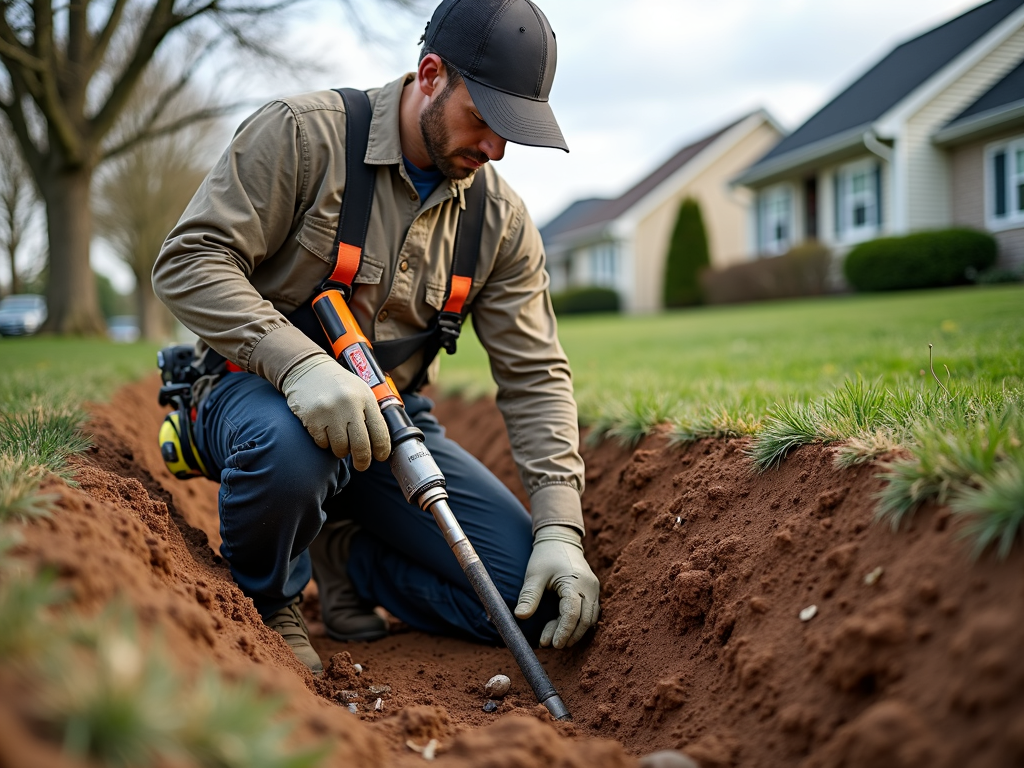
The Role of Technology in Plumbing
Technology has played a crucial role in the evolution of plumbing tools and techniques. Computer-aided design (CAD) software allows plumbers to plan and visualize complex systems before installation. Additionally, smart plumbing systems with sensors and automated controls are becoming increasingly common, offering greater efficiency and convenience.
For example, smart leak detectors can alert homeowners to potential issues before they become major problems. These devices use sensors to monitor water flow and pressure, providing real-time data to users. This innovation not only saves water but also prevents costly damage to homes.
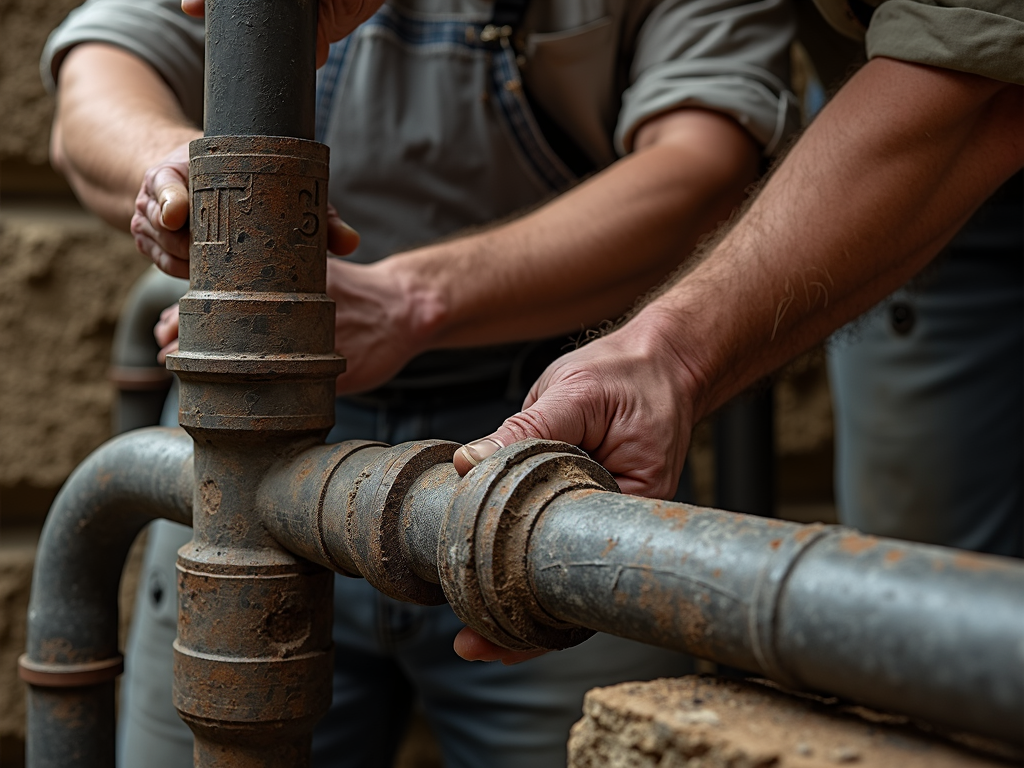
Conclusion
The evolution of plumbing tools and techniques reflects the broader advancements in human technology and ingenuity. From the simple tools of ancient civilizations to the high-tech solutions of today, plumbing has come a long way. As we look to the future, continued innovation will undoubtedly bring even more efficient and sustainable plumbing solutions.
For those interested in learning more about the history and future of plumbing, the following resources are recommended:
Related The Evolution of Plumbing Tools and Techniques:
- Safety Tips for Using Wrenches Effectively
- Corded vs. Cordless Drills: Which Is Right for You?
- Top Features to Look for in a Workbench: A Comprehensive Guide
- How to Pick the Right Multimeter for You
- Painting Like a Pro: Essential Tools and How to Care for Them
- The Ultimate Guide to Choosing the Right Wrench for Every Job
- Comprehensive Guide to Tool Maintenance and Care Tips
- The Evolution of Workbenches: From Basic to Advanced Designs
- Precision Tools for Every Craftsman: A Comprehensive Guide
- Safety Tips for Workshop Enthusiasts: A Comprehensive Guide
- Types of Hammers for Different Projects: A Comprehensive Guide
- A Guide to Preventing Work-Related Injuries with Ergonomic Tools

